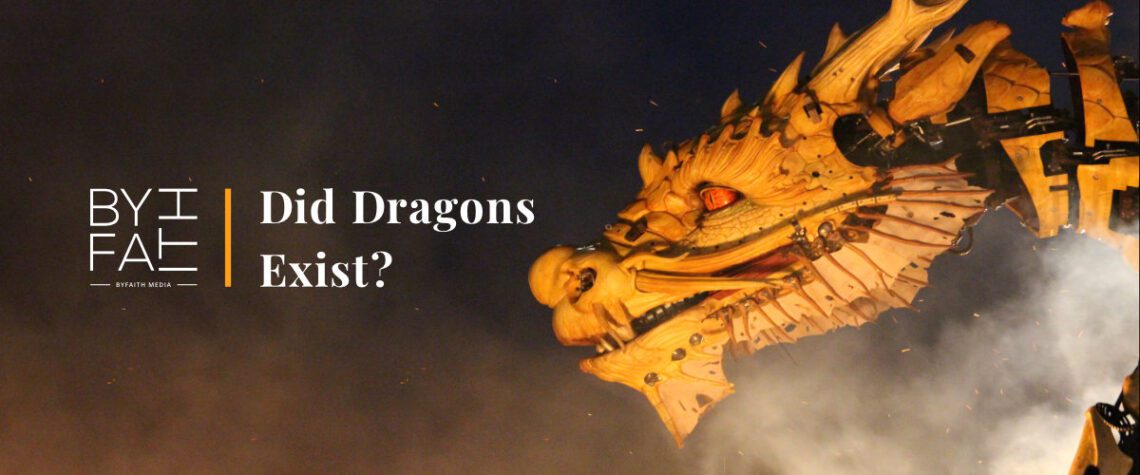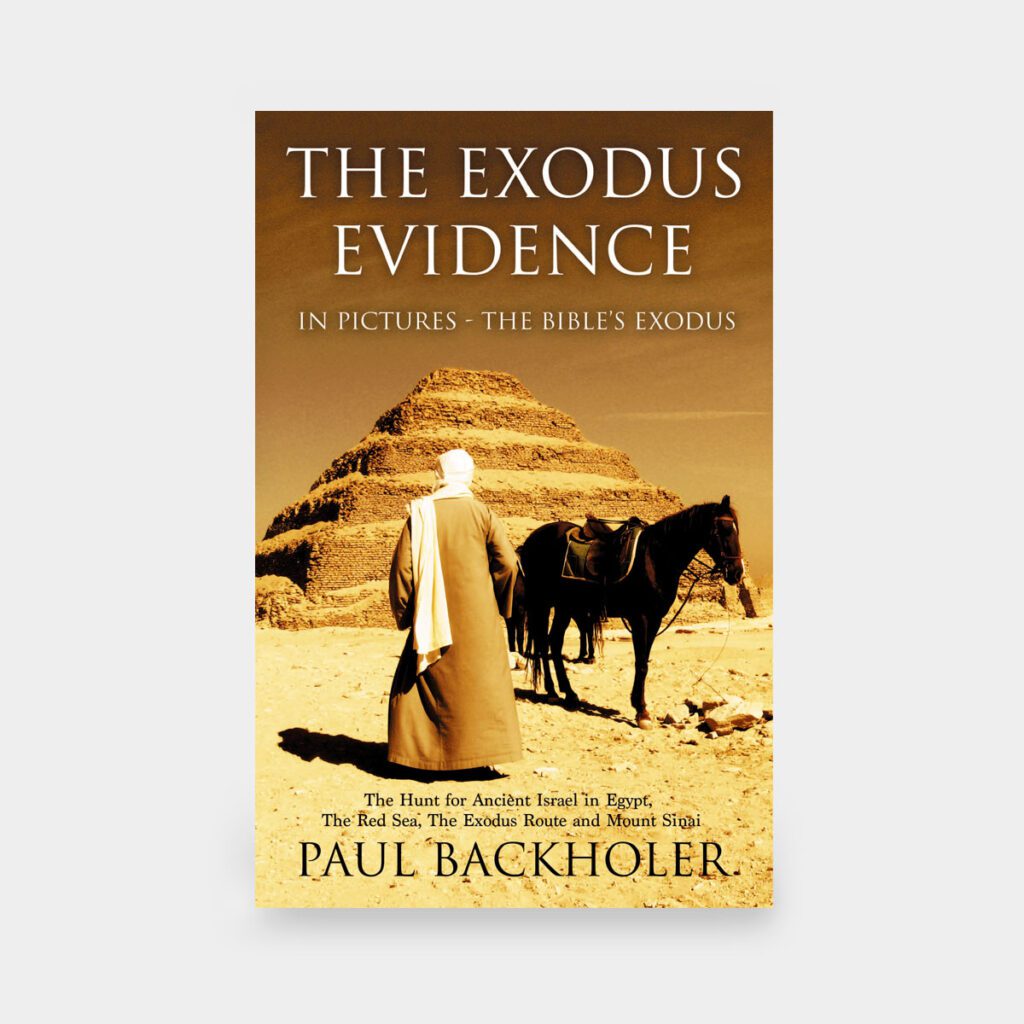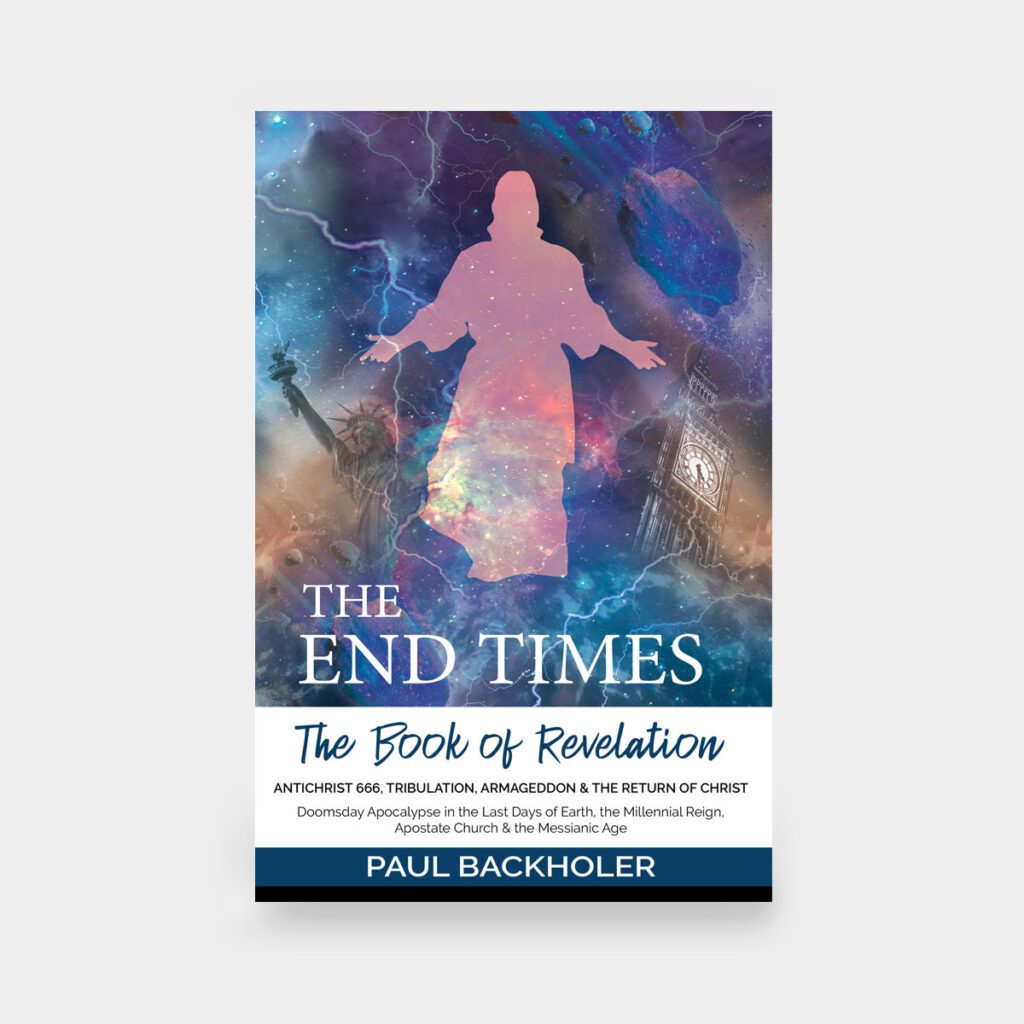
Did Dragons Exist? Leviathan, Behemoth & Fire-Breathing Dragons: What Does Science & the Bible Say?
The idea of fire-breathing monsters may sound far-fetched, but there are real-life animals that exhibit astonishing abilities to spew toxins, fumes and even spread fire to hunt prey. As the BBC explains, ‘All kinds of insects have developed chemical weapons.’ [1]
The bombardier beetle is a potential ‘fire-breathing’ species that, when threatened by a predator, releases a chemical spray that can reach temperatures of up to 212ºf (100ºc). The beetle’s abdomen contains two separate chambers that hold the substances needed to produce this explosive spray: hydrogen peroxide and hydroquinone.
These two chemicals are separated by a thin membrane, with another chamber containing enzymes and a catalyst located in between them. When the beetle feels threatened, it opens a valve that allows the chemicals to mix, along with heat-producing enzymes. This reaction generates an explosion that propels the mixture from the beetle’s body at high speed. The rapid expansion of gases in the spray’s reaction chamber cools the mixture, preventing it from harming the beetle. However, when the mixture hits the predator, it can cause burns, blindness, and even death.
The bombardier beetle can aim and accurately hit its target with the spray, enabling it to defend itself from predators like birds, snakes, and other insects. The beetle possesses this unique ability to survive in its environment, highlighting the fantastic adaptations that can occur.
If dragons once existed, they could have used a similar process or if they possessed some form of pyrophoric molecules, these would burst into flame the instant they came into contact with air. ‘Pyrophoric is a property of certain materials or thermally unstable compounds that ignite spontaneously when they get in touch with the air.’ [2]
God shall slay the dragon that is in the sea
– Isaiah 27:1, KJV
Could this mean that dragons possessed similar abilities? Although fire needs fuel, oxygen and ignition, it’s possible that dragons, if they existed, could store flint in an organ similar to a bird’s gizzard to ignite a spark. Alternatively, as we have explained, some chemicals burst into flames upon contact with air, and the element iridium burns with different colours when it becomes part of various molecules. However, it may be difficult to bring all these ingredients together without harming the dragon and causing an explosion.

Is it Scientifically Feasible to Posit that Dragons Existed?
Let’s think about this question like this: If we had never heard of the electric eel or firefly, would we have classed them in the same category as legends or myths, such as dragons?
Some ancient fossils suggest that dinosaurs might have been able to breathe fire. As an example, the duck-billed dinosaur’s nose could connect to a special part of its head that held chemicals. This part of their head had four passages, two going up to their nose and two going down to their throat. It’s possible that a dinosaur could have sneezed out these chemicals as a way to defend themselves, like how certain bugs use chemicals to protect themselves.
In the context of some animals like a dragon, the Bible mentions Hebrew words called, ‘neesings,’ and ‘atishah,’ understood in a Semitic root to mean ‘snort,’ or ‘sneeze,’ which indicated the creature described by Job possessed a voluntary sneeze of fire which was as a defence.
- Is Being Woke Christian or Antichrist?
- Homosexuality and the Collapse of Society
- What Has Gone Wrong with the West?
- What is a Woman? And why it Matters
- Stock Market Crash – The Everything Bubble
- The Crisis of the 2020s – What is God Saying?
- Electric Vehicles are not Eco-Friendly
- Climate Activists and Tantrums
- Climate Change Hypocrisy!
Scientific Reasons Why Dragons Might Have Existed
Theoretically, it’s possible that certain species of reptiles or dinosaurs could have an ancestor which was a dragon-like creature, given the right environmental conditions and selective pressures. Some people believe that the discovery of unusual fossils in parts of the world suggests dragons are viable.
In China, scholars have selected the dragon to be one of the 369 species of animals with scales. However, most palaeontologists disagree, as there is no direct evidence of fire-breathing creatures in the fossil record. Others point to oddities in history, such as ancient crocodiles and large lizards, as evidence that dragon-like creatures were misidentified.
From a theological perspective, there are many stories and legends that portray dragons as real creatures. In some religious traditions, these creatures are seen as symbols of power or divinity, while in biblical tradition, they are viewed as evil or demonic.
They snuffed up the wind like dragons; their eyes did fail
– Jeremiah 14:6, KJV
Some religious texts and myths from China and other regions describe dragons as actual beings that inhabited the earth in ancient times. These stories, it is claimed, reflect oral tradition grounded in experience or perhaps their belief in supernatural creatures that exist beyond our understanding of the natural world.



Dragon is Cited 34 Times in the King James Bible
The word ‘dragon’ is used a staggering thirty-four times in the King James Bible, some with direct descriptions, others comparing them to evil; whilst later translations interpret the words differently, leaving the word ‘dragon,’ to a description of the devil in the Book of Revelation. Nevertheless, Holy Scripture describes dragon-like creatures and dinosaurs (Job 40:15-24, Psalms 74:13, Isaiah 13:22, Isaiah 27:1, Isaiah 34:13, Jeremiah 14:6, Ezekiel 29:3, Revelation 12:3, Revelation 20:2).
“Can you draw out Leviathan with a hook…his sneezings flash forth light…Out of his mouth go burning lights; sparks of fire shoot out. Smoke goes out of his nostrils, as from a boiling pot and burning rushes. His breath kindles coals and a flame goes out of his mouth. He regards iron as straw and bronze as rotten wood. On earth, there is nothing like him, which is made without fear
– Job 41:1, 18-21, 27, 33, NKJV
Sources and Notes
- Successful escape of bombardier beetles from predator digestive systems
- Nature shows how dragons might breathe fire
- This is How Bombardier Beetles Fire Explosives
- Bombardier beetles and their caustic chemical cannon
- Could any creature evolve to breathe fire, like a dragon?
- [2] Pyrophoric materials are those that, when ignited and exposed to air, will ignite spontaneously
- How Do Electric Fish Produce Electricity?
- How do electric eels generate a voltage and why do they not get shocked in the process?
- How Do Fireflies Glow? Mystery Solved After 60 Years
- King James Bible and Dragons
- Dragons in the Bible
- Dragons in the Bible: What does the Bible say about dragons?
- What does the Bible say about dragons?
- Britannica and Dragons
- Why These Birds Carry Flames In Their Beaks
- Are these birds deliberately spreading wildfires?
By Paul Backholer. Find out about Paul’s books here.




